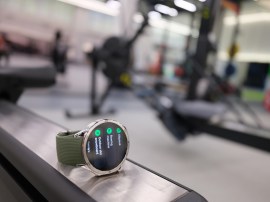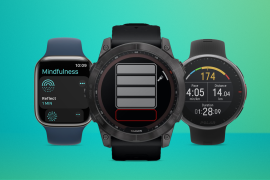Samsung Galaxy Ring vs Oura Ring: which is best?
The two trackers, compared
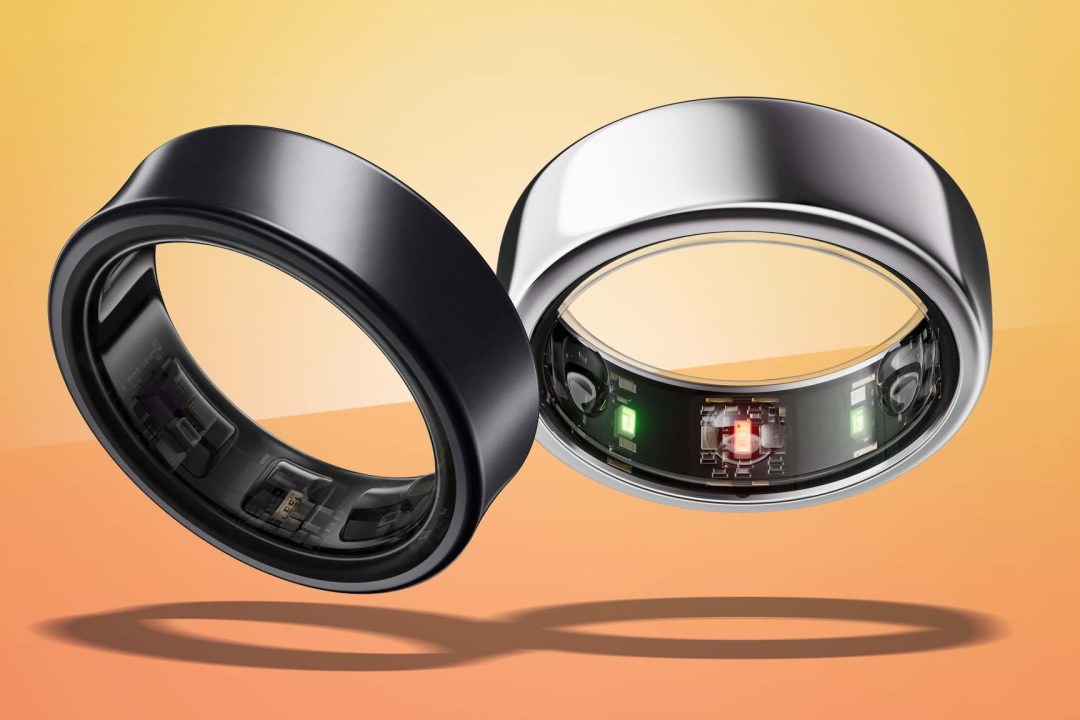
There’s a new wearable vying for a spot on your finger. First teased at Galaxy Unpacked in January 2024, the Samsung Galaxy Ring is finally official. It’s the first fitness tracking smart ring from a major tech firm – but it’s far from the only one of its kind. Biggest of all the kickstarter and boutique brand minnows is Oura, which is now on its third generation Ring.
With the Galaxy Ring still factory fresh, we’ve not had an in-depth look at how it tracks your steps, sleep and general fitness. The Oura Ring, on the other hand, is a feature-rich wearable with a plethora of health measuring abilities. How do they compare? Until we’ve given the Galaxy Ring the full review treatment, here’s how the two trackers stack up on paper.
- Related: read our Samsung Galaxy hands-on review here
How we test wearables
Every smartwatch and fitness tracker reviewed on Stuff is worn 24/7 throughout the testing process. We use our own years of experience to judge general performance, battery life, display, and health monitoring. Manufacturers have no visibility on reviews before they appear online, and we never accept payment to feature products.
Find out more about how we test and rate products.
Design, size and weight: similarly styled
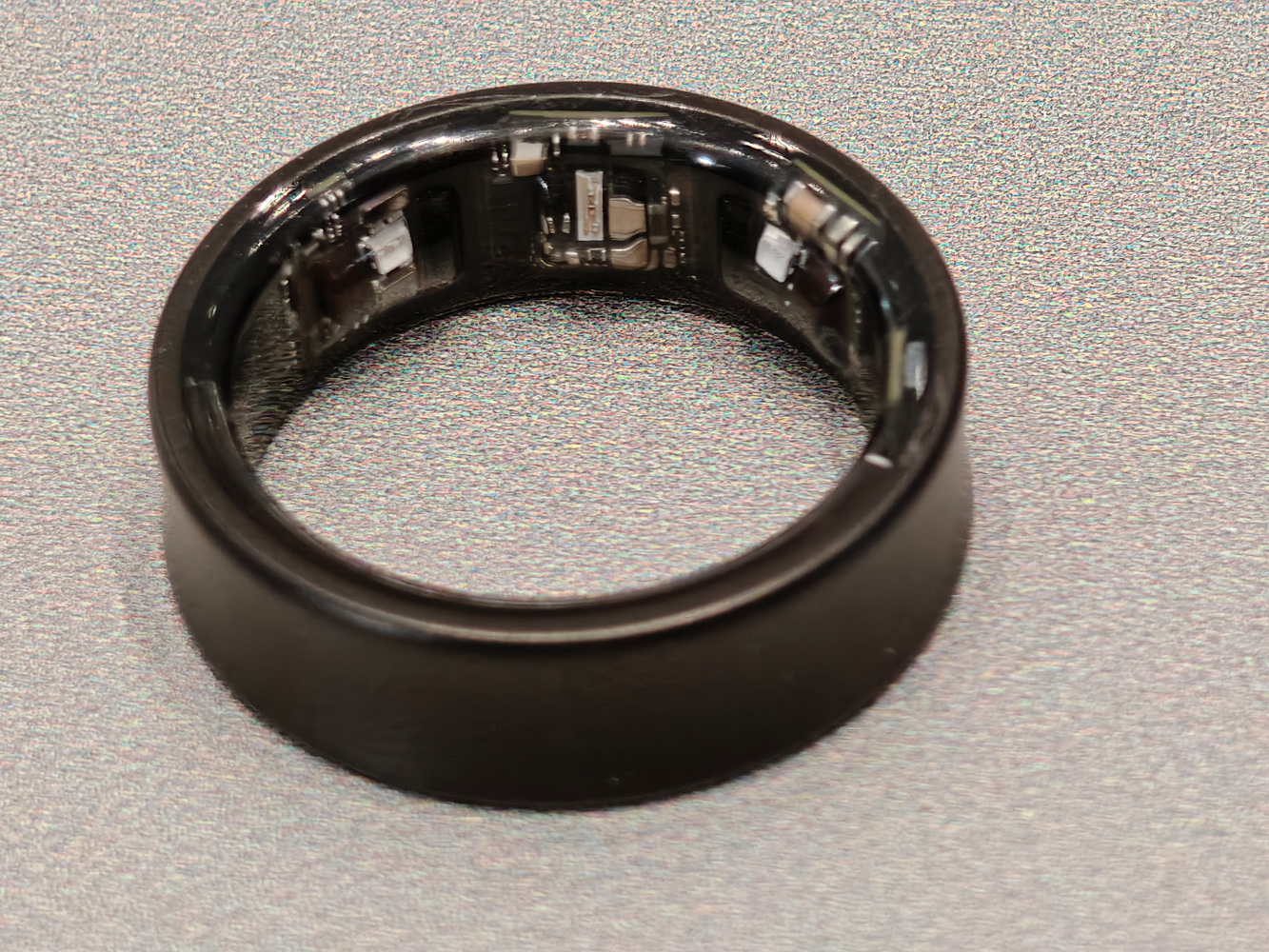
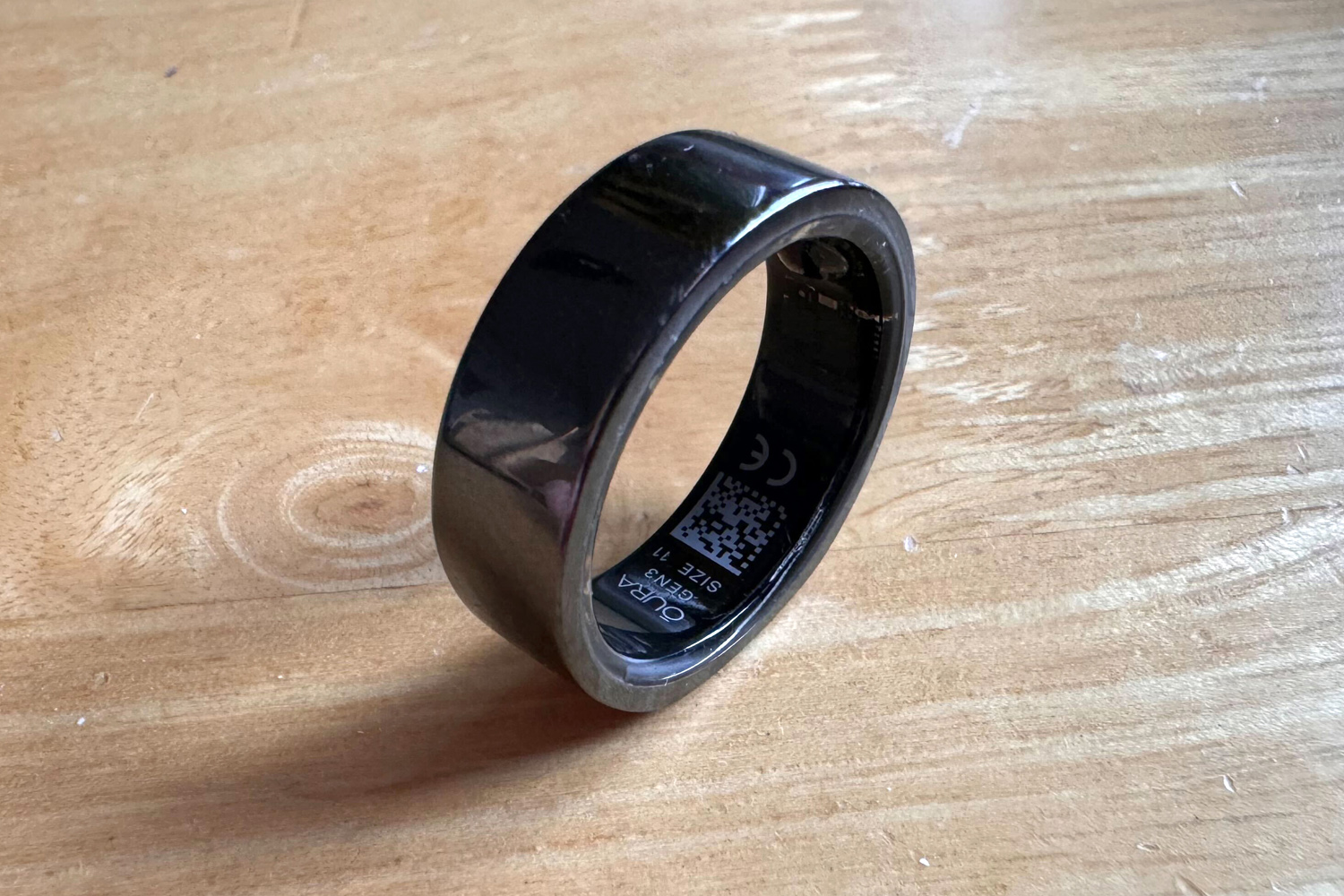
Much like a smartwatch still looks like a watch, both the Galaxy Ring and Oura Ring aren’t reinventing the wheel here. Both rings are exactly that – rings. There are some minor differences between the two, though.
The Galaxy Ring is available in nine US-standard ring sizes, from five to thirteen, and weighs no more than three grams. It’s available in three colours – gold, silver or black – and is made from titanium. The gold and silver versions are polished, while the black version has a matte finish. Samsung has gone for a single style, with a fully circular band and concave shape.
Meanwhile, the latest Oura Ring Gen3 is available in ring sizes 6-13, and weighs between 4-6g. The Samsung ring is much lighter, but the weight disparity is pretty negligible with something so lightweight.
It’s available in two styles. Heritage has a flat ‘plateau’ top, and can be had in Silver, Black, Stealth or Gold colours. Horizon is fully circular, with a convex shape and six colour options: Silver, Black, Stealth, Gold, Brushed Titanium and Rose Gold.
Features:
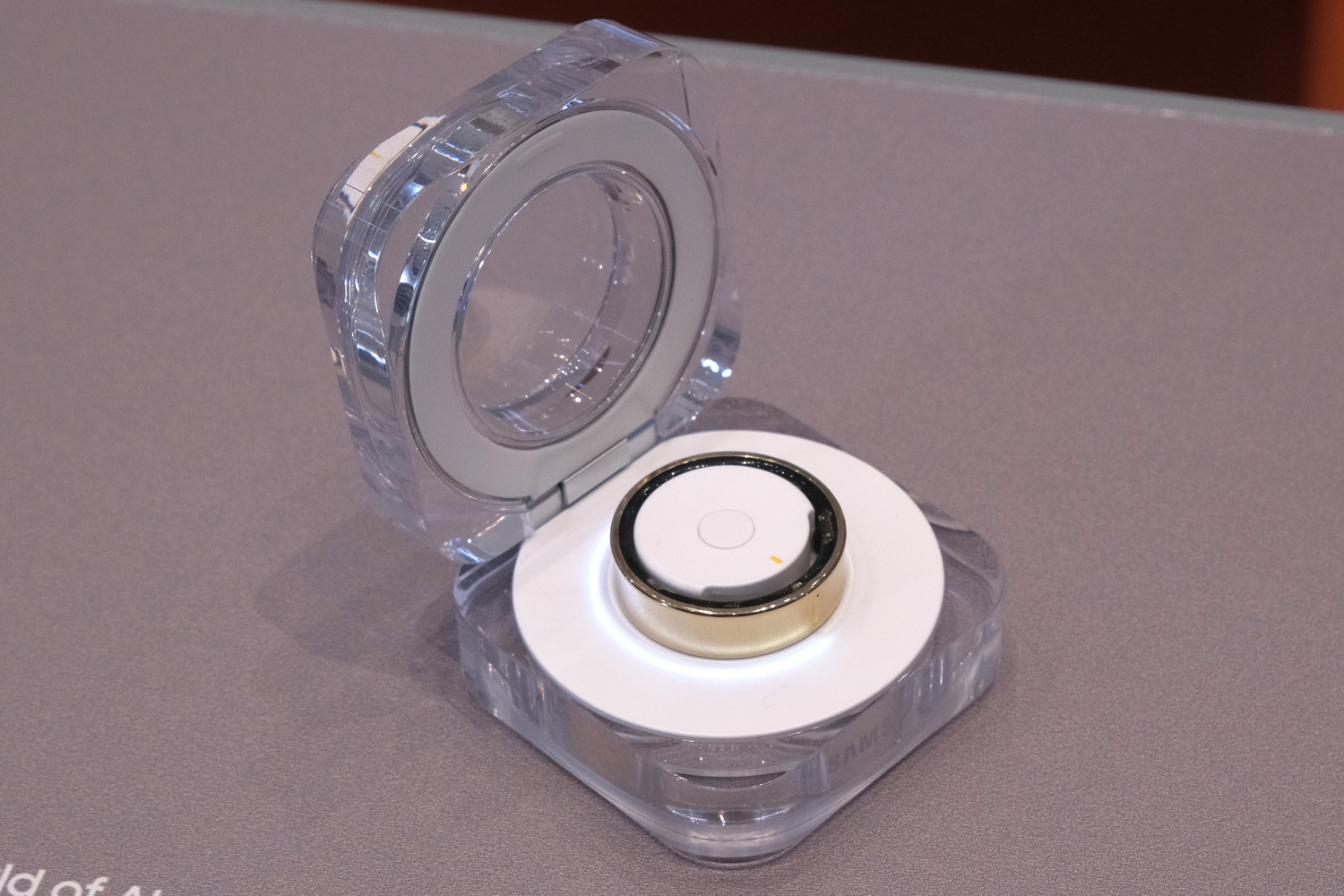
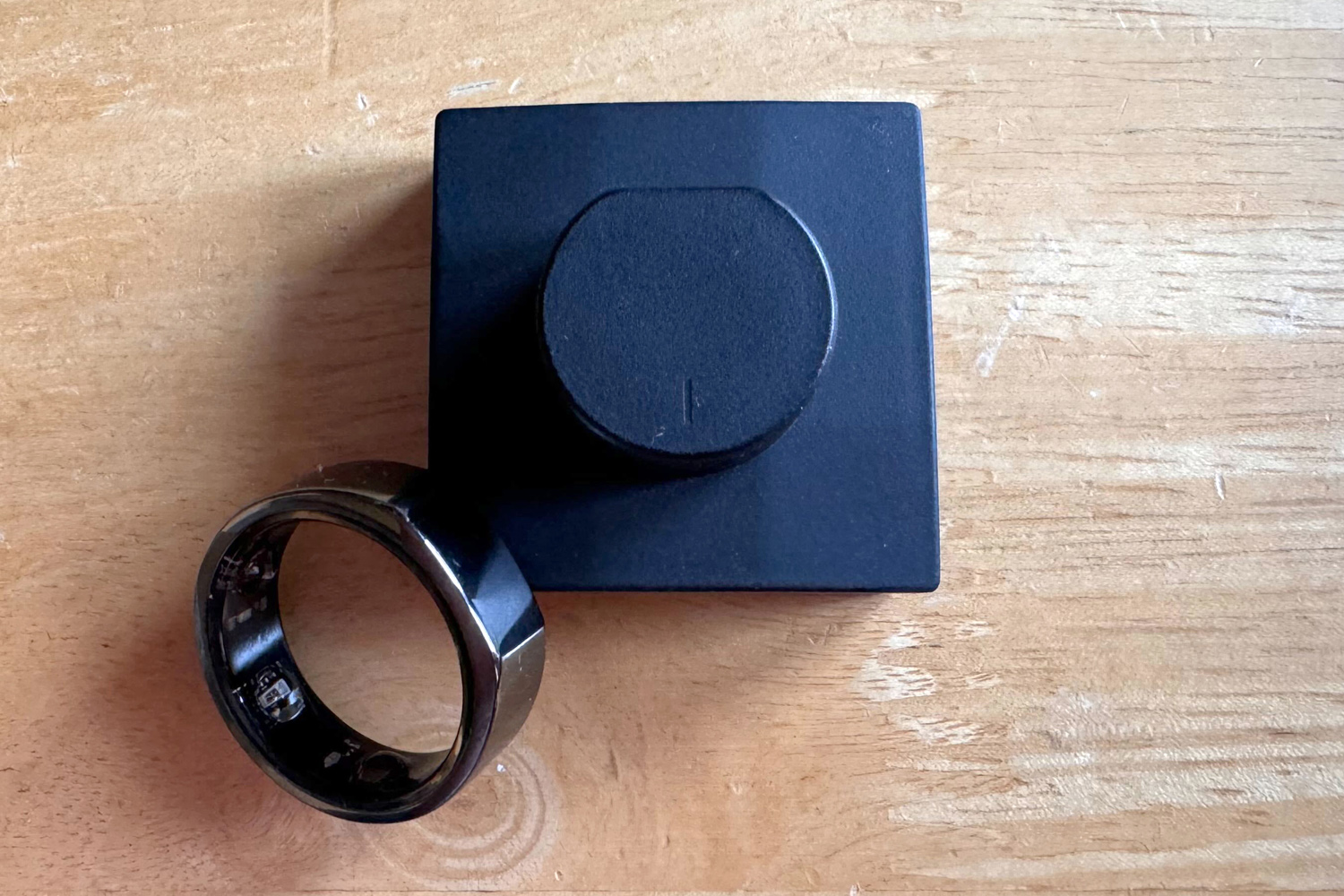
The Galaxy Ring is a fitness-focused smart ring. It doesn’t do contactless payments, with the space inside not taken up by batteries instead used for health sensors. This lets it measure your bloody flow, sleep data, heart rate and more, reporting back to Samsung’s Galaxy Wearable app. Importantly, Samsung has no plans to charge a fee to access this data.
Samsung claims seven days of continuous wear and 24/7 tracking, with the included charging case able to top it up enough times that you could go over 100 days without needing to plug into mains power. If you use it in conjunction with a Samsung Galaxy Watch, it can take fewer readings and last longer between charges.
The Oura Ring offers a similar feature set. It collects data from 20 different biometrics throughout the day and night. That includes daytime and workout heart rates, skin temperature (which helps to detect illness), and daily activity. However, for long term stat tracking a subscription is required. This is available on either a monthly ($5.99/£5.99) and annual membership ($69.99/£69.99).
Oura also rates the Ring Gen3 for seven days of use. It includes a desktop charging plate, which doesn’t have an internal battery, so you always have to find a plug socket to recharge the ring.
Usability:
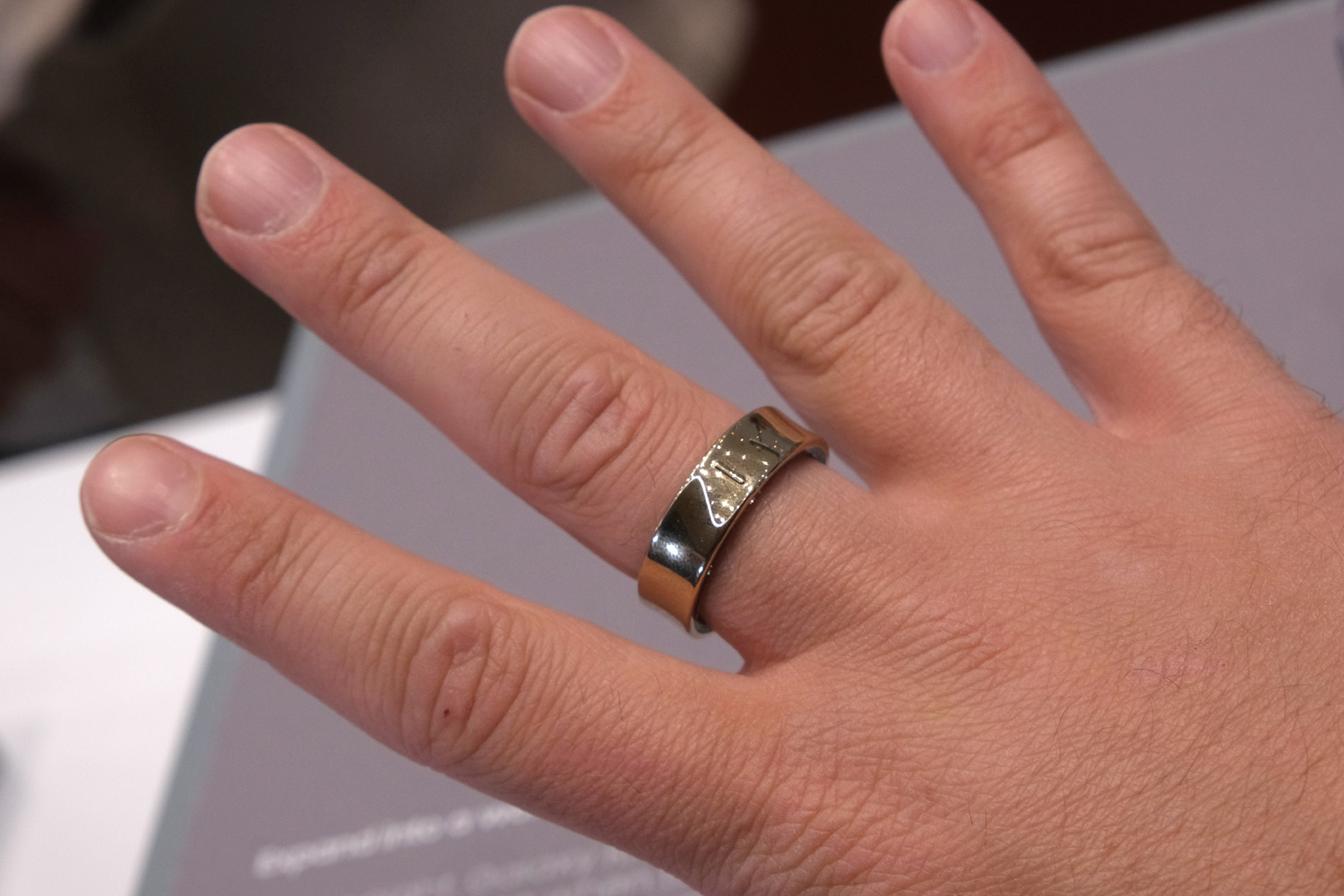
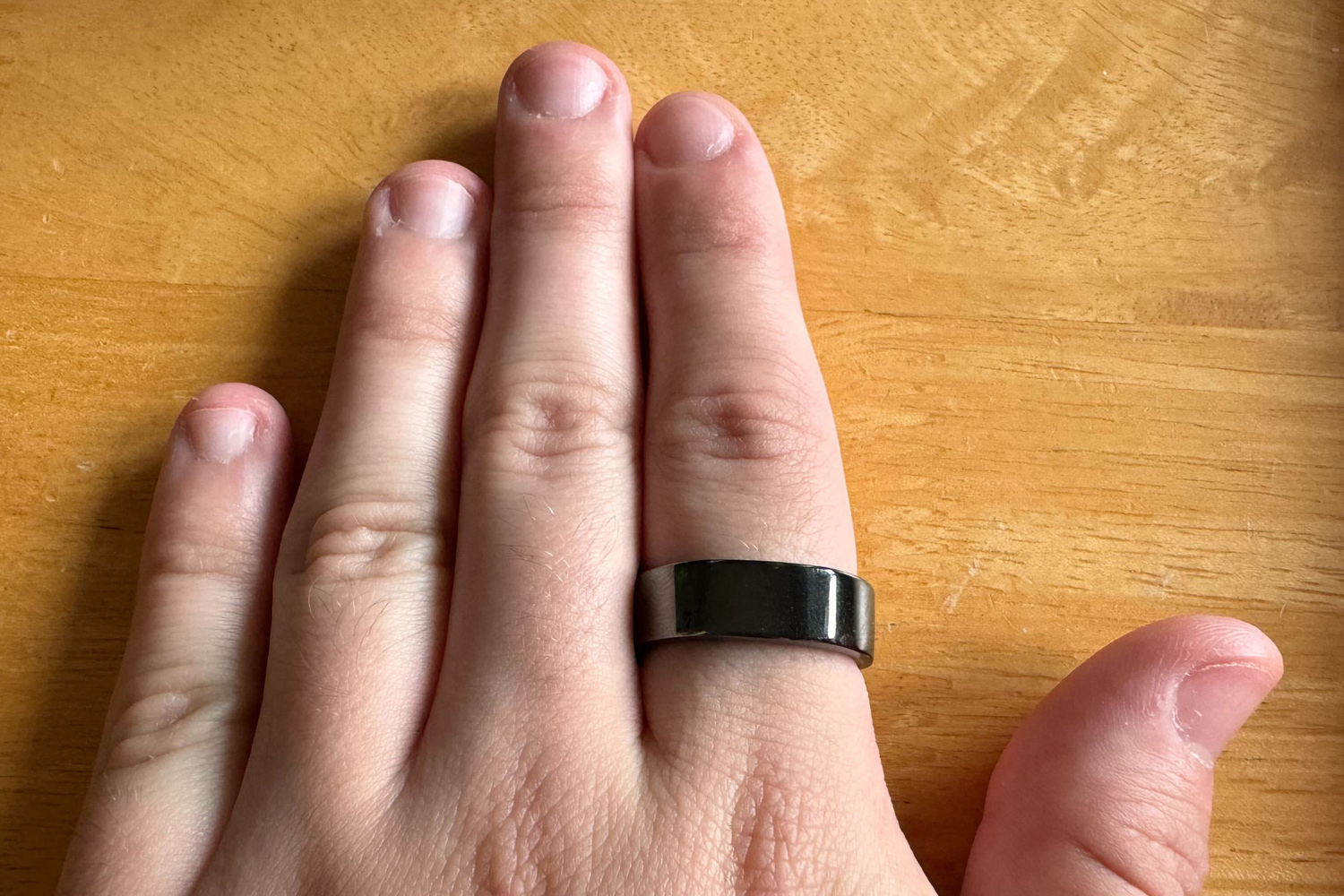
Both the Samsung Galaxy Ring and Oura Ring lean heavily on their respective apps. Until we can quite literally get our hands on a Samsung Galaxy Ring, it’s difficult to determine how fluidly the app will work with the ring. However, we can look to the Galaxy Wearable app to gather a few ideas on how it’ll work. The app is a one-stop shop for your health and tracking data, and for the most part should be an ideal Galaxy Ring companion.
The Oura Ring has its own dedicated, ring-specific app, which is quite extensive. You can use it to monitor your sleep patterns and determine how long you spent in a deep or light sleep, track your heart rate, steps taken, calories burned and much more. Oura then uses this data to recommend changes to your lifestyle, and offers tips on how to better your sleep.
Initial verdict
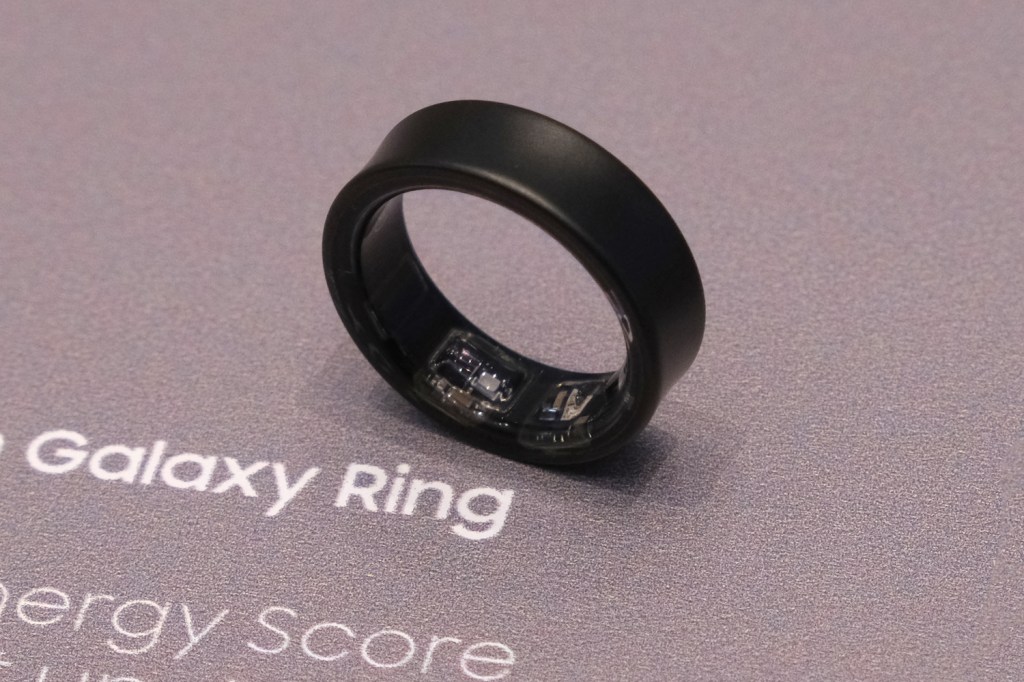
Until we can give the Galaxy Ring a thorough review, it would be unfair to decide on the one ring to rule them all. But given it’s made by a tech world superpower, it almost doesn’t matter whether fitness tracking accuracy is on par – or better – than the Oura Ring. The Samsung logo is sure to turn heads in a way smaller smart ring brands can only dream of.
The Oura Ring has price on its side – sort of. You can pick one up for $300/£300, but only if you go for the Heritage style in Silver or Black; pick a different finish or go for the Horizon style and you can be looking at a $549/£549 bill. Then you’ve got to factor in the subscription fee on top. The Galaxy Ring, meanwhile, will cost $400/£400 – and includes all data analysis as part of the package.
